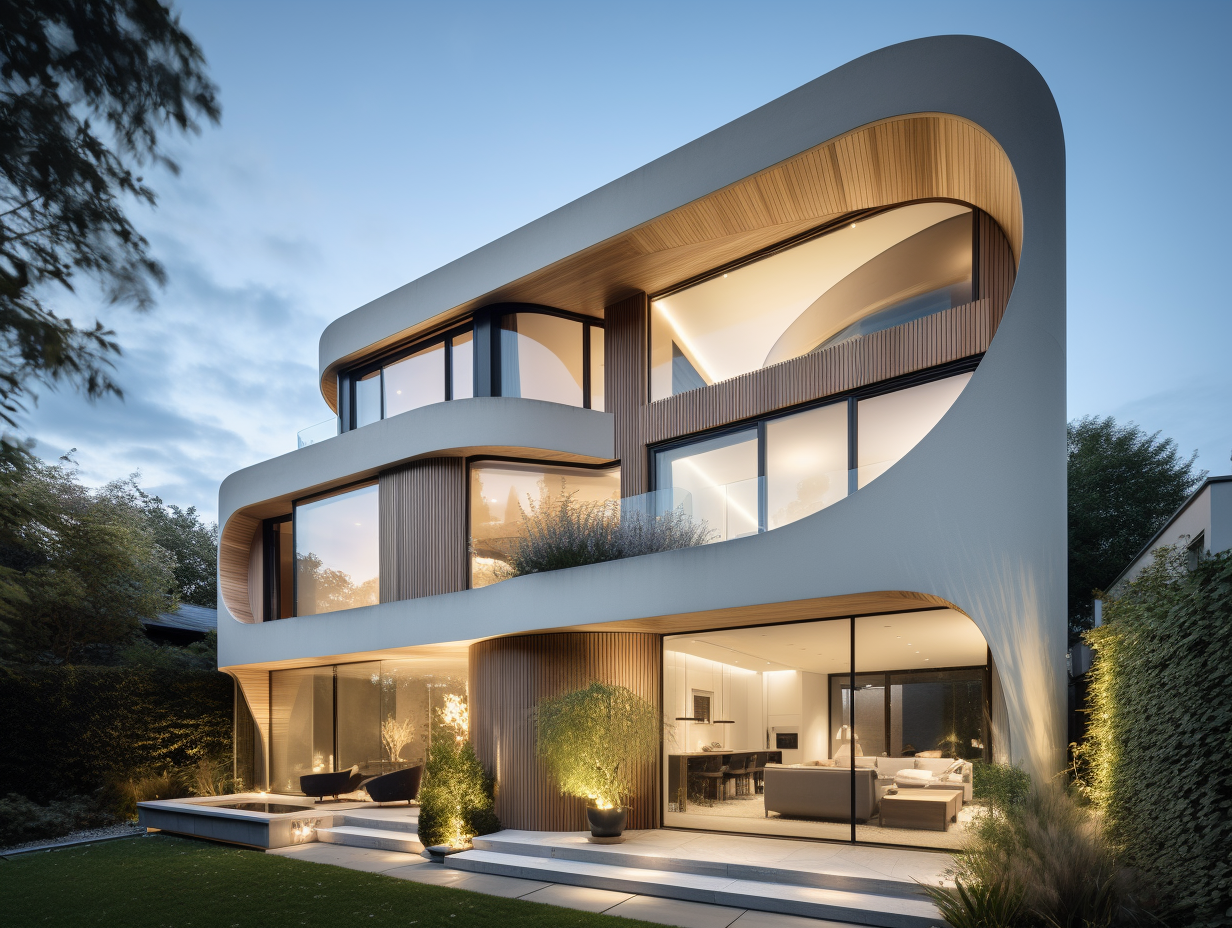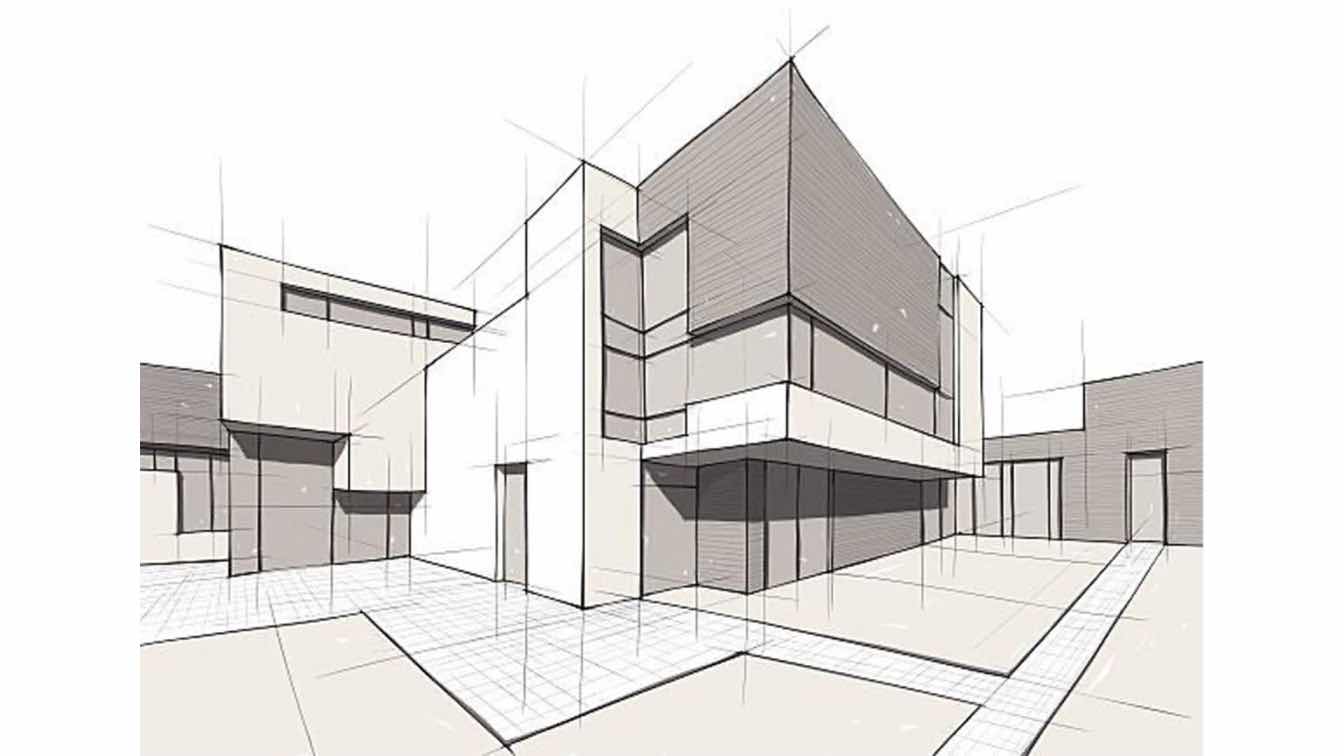A Comprehensive Summary of Architectural Styles and Their Impact on Modern City Planning and Advancement
Architectural styles have long acted as a mirror to the social values and technological improvements of their time, playing a crucial role fit modern city planning and growth. From the grandeur of Neoclassicism to the practical approach of Brutalism, each design has actually presented special principles that affect metropolitan aesthetics and functionality. As contemporary obstacles emerge, consisting of sustainability and area requirements, comprehending these historical frameworks comes to be essential. The resulting dialogue not only informs future style practices however also raises important concerns about the balance between heritage and innovation in our advancing city landscapes.
Historic Overview of Architectural Styles

As cultures transitioned via the Center Ages, Gothic design emerged, identified by its verticality and detailed outlining, mirroring the spiritual aspirations of the period. The Renaissance noted a resurgence of classical perfects, combining art and architecture in cutting-edge manner ins which influenced subsequent designs across Europe.

Today, architectural designs proceed to develop, driven by globalization and sustainability worries, showing a vibrant interaction between heritage and innovation. This historic introduction emphasizes the importance of architecture as a mirror of societal development and as a stimulant for urban advancement.
Trick Architectural Styles Explained
The diversity of architectural styles shows the myriad impacts that form our built atmosphere, each symbolizing distinctive characteristics and cultural relevances. Key architectural styles consist of Classical, Gothic, Baroque, Modernism, and Postmodernism, each representing distinct historical contexts and aesthetic philosophies.
Classic architecture, rooted in old Greece and Rome, stresses symmetry, proportion, and using columns (cda architects). In contrast, Gothic design, growing in the center Ages, is identified by sharp arcs, ribbed safes, and flying buttresses, developing a spiritual top quality in cathedrals. Baroque architecture, arising in the 17th century, is marked by grandeur, elaborate decoration, and a vibrant interplay of light and shadow
Modernism, which acquired momentum in the very early 20th century, focuses on feature over type, using new materials like steel and glass to develop minimal frameworks. Postmodernism, reacting against the austerity of Innovation, accepts eclecticism and historic recommendation, often incorporating playful components and irony.

Effect On Urban Preparation
In shaping the advancement of cities, building designs dramatically affect urban planning decisions. The choice of architectural style commonly determines the aesthetics, functionality, and overall character of urban atmospheres.
Additionally, building designs can influence zoning laws and land make use of plans. Urban organizers have to consider the prevailing building patterns when making districts, ensuring that brand-new growths integrate with existing i was reading this structures. This factor to consider fosters natural metropolitan landscapes and improves neighborhood identification.
The execution of specific architectural styles can also influence socioeconomic aspects within a city. For example, premium contemporary styles may attract wealthy citizens and organizations, causing gentrification, while a lot more cost effective real estate options might focus on sensible and lasting designs to suit varied populaces. Inevitably, the interaction between building designs and city preparation creates vibrant cities that show both historic context and contemporary demands, shaping the lived experiences of their inhabitants
Sustainability and Modern Design
Architectural designs play a pivotal function in addressing modern challenges, especially in the realm of sustainability. As metropolitan locations broaden and ecological concerns escalate, modern style increasingly accepts lasting design principles that focus on energy effectiveness, source preservation, and very little eco-friendly impact.
Contemporary architectural motions, such as biophilic layout and green design, supporter for frameworks that harmonize with visit their surroundings, making use of all-natural materials and promoting biodiversity. These designs usually incorporate renewable resource resources, such as solar panels and wind turbines, to decrease dependence on nonrenewable fuel sources and reduced carbon impacts.
Moreover, the combination of sophisticated innovations, such as smart structure systems, improves energy monitoring, enhancing source use while ensuring resident convenience. Ingenious water administration techniques, including rainwater harvesting and greywater recycling, additional add to sustainable urban settings.
Notably, sustainability extends beyond environmental issues; it encompasses social and economic dimensions as well. By promoting neighborhood well-being and promoting inclusivity, modern building designs straighten with lasting advancement goals. As a result, the development of building methods remains to shape durable cities that not just meet the demands of the here and now but likewise guard the future for generations to come.
Neighborhood Involvement in Design
Area engagement in design acts as an important bridge between engineers and the populations they offer, making sure that the developed atmosphere mirrors the requirements and goals of its customers. This collaborative procedure welcomes area participants to add their understandings and choices, fostering a feeling of possession and duty towards the areas they populate.
Reliable neighborhood involvement employs different methods, such as workshops, surveys, and public online forums, to gather varied point of views. These approaches facilitate a two-way discussion, enabling architects to recognize regional contexts while encouraging locals to articulate their concerns and desires. This inclusivity not only improves the design top quality however likewise advertises social equity by addressing see this website the special obstacles encountered by marginalized groups.
Additionally, community engagement can bring about innovative services that could not arise in a conventional layout procedure. By incorporating local understanding and social worths, designers can create areas that reverberate even more deeply with individuals, boosting functionality and sustainability. Ultimately, focusing on area interaction in design procedures causes environments that support social communications, support well-being, and enhance neighborhood connections, thus playing a critical duty in forming modern city landscapes.
Conclusion
Architectural designs have actually profoundly influenced contemporary city preparation and development, showing progressing social and technical contexts. The assimilation of historical aesthetics with modern requirements fosters urban environments that focus on sustainability and area interaction. As cities proceed to grow and adapt, the ongoing dialogue in between architectural heritage and contemporary design concepts will certainly stay important in creating comprehensive, vibrant areas that enhance top quality of life and advertise social equity. The future of metropolitan growth rest on this unified equilibrium.
Comments on “Why CDA Architects Are Leaders in Architectural Layout and Development”